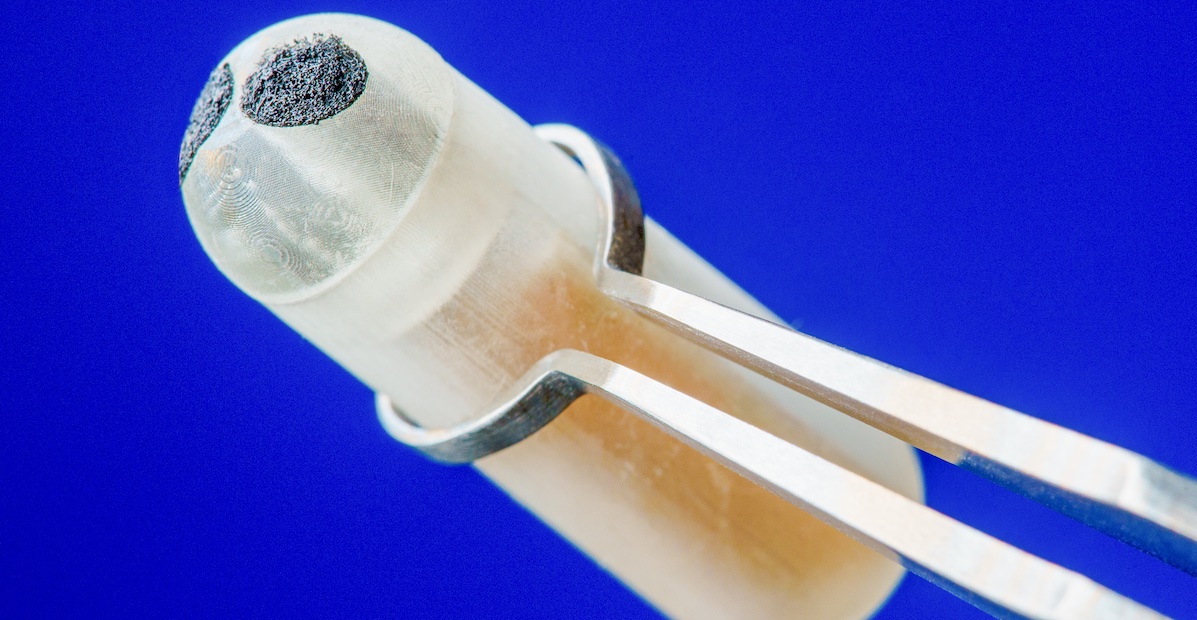A recent study conducted by the University of Southampton in the UK has highlighted a significant concern regarding air pollution, shifting the focus beyond traditional exhaust emissions. Researchers found that vehicle brake dust—a byproduct of friction between brake pads and rotors—can, under certain conditions, pose a greater threat to lung health than diesel exhaust.
The Rising Significance of Non-Exhaust Emissions
As regulations on tailpipe emissions become increasingly stringent and electric vehicles grow in prevalence, attention is turning to other sources of airborne pollutants. The University of Southampton’s research underscores the importance of “non-exhaust” emissions, such as those from brake wear, tire wear, and road dust. Often overlooked in traditional air quality assessments, these sources contribute significantly to urban particulate matter pollution.
Dr James Parkin, lead author, explained: “People generally associate pollution from cars as being from exhaust pipes and think of electric vehicles as having zero emissions. However, EVs still produce particulate matter due to friction and wear of the road, tyres, and brakes.”
Unveiling the Toxicity of Brake Dust
The study carefully analyzed how particulate matter from different types of brake pads affects lung cells. The findings revealed that certain brake pads, particularly those with high copper content, produced dust that caused significant damage. Specifically, non-asbestos organic and ceramic brake pads, which contain elevated copper levels, exhibited the highest toxicity. Researchers further demonstrated that copper plays a crucial role in brake dust’s harmful effects—removing it significantly reduced toxicity. Brake wear particles can trigger oxidative stress, inflammation, and disrupt metabolic pathways in lung cells. They can also penetrate deep into the lung’s air sacs.
Implications for Public Health and Future Research
These findings suggest that current air pollution regulations, which primarily focus on exhaust emissions, may need to be expanded to address the dangers of brake dust. The study highlights the urgent need for further research into the long-term health effects of brake dust exposure. Moreover, it calls for the development of less toxic brake pads, potentially using alternative materials or coatings.






